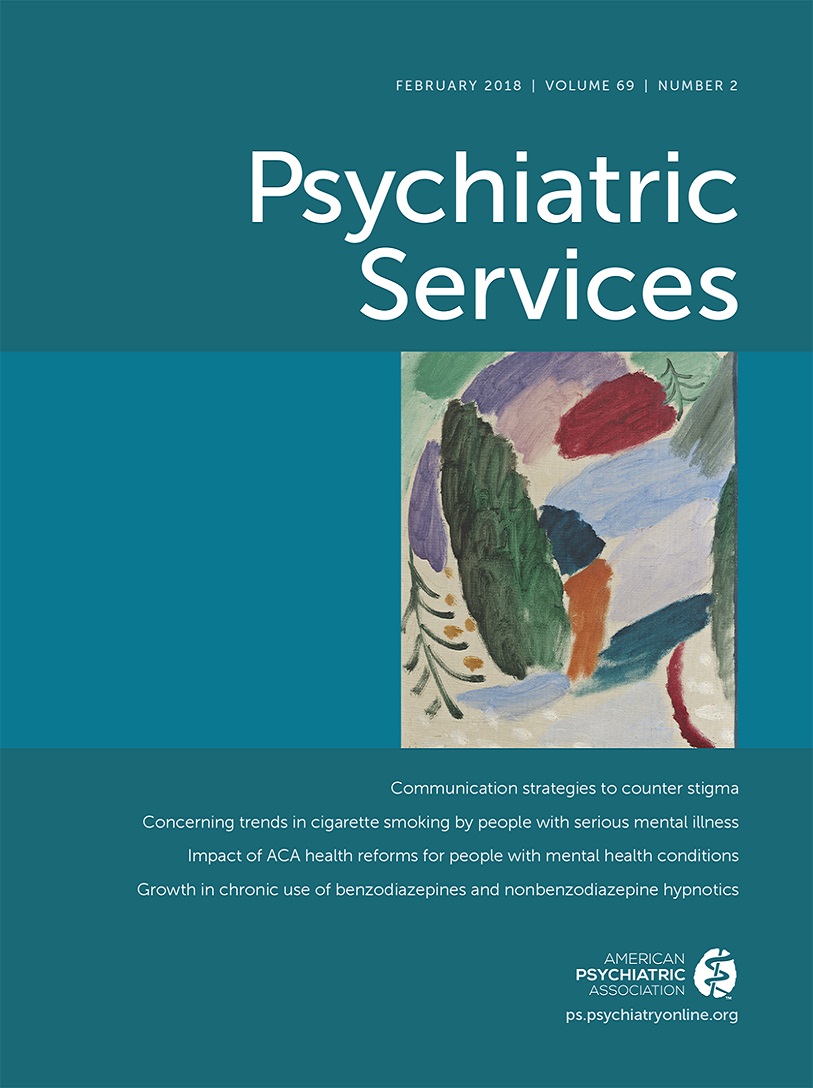Predictors of Psychotropic Polypharmacy Among Outpatients With Psychiatric Disorders and Intellectual Disability
Abstract
Objective:
This study described psychotropic prescription patterns among adults referred to a psychiatric outpatient clinic for individuals with intellectual disability and determined demographic, clinical, and organization-level predictors of receipt of three or more psychotropic medications concurrently (psychotropic polypharmacy).
Methods:
To identify predictors of psychotropic polypharmacy, a retrospective chart audit was conducted for patients with intellectual disability referred (N=517) to a specialized psychiatric outpatient clinic between 2005 and 2013.
Results:
Seventy percent of patients were prescribed at least one psychotropic medication, and 22% received psychotropic polypharmacy. Women, those living in supervised residential settings, and those with a psychiatric diagnosis in two or more diagnostic categories were more likely to receive psychotropic polypharmacy.
Conclusions:
Polypharmacy is a significant concern for adults with intellectual disability seeking specialized psychiatric services, with multiple contributors to prescribing practices. Both psychiatrists and family physicians can play a role in the judicious use of medications for this vulnerable population.



